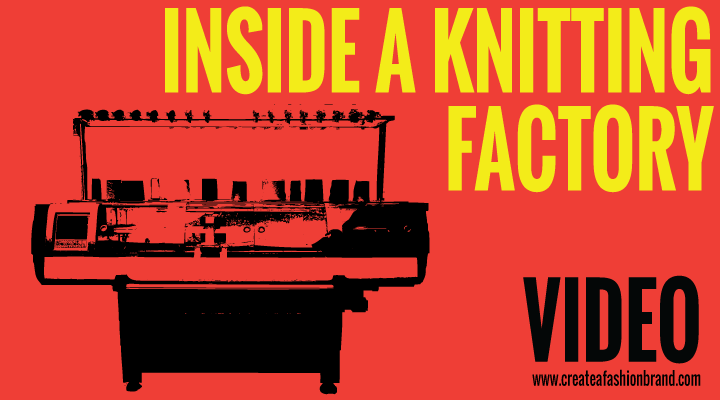For every person who wants to start a fashion brand of any kind, you’ll eventually have to produce some kind of product. There are different ways to do this and on various scales, but at some point you may be dealing with factories.
Many people never get the chance to visit the factory they are working with, especially if it’s overseas. I would always encourage you to try and visit if you can, just to have a look around and make sure that there is nothing happening you might object to, especially when it comes to the treatment and conditions the staff have to work in. The problem with this is basically time and experience. I don’t expect you to know, or pick up on the things to look out for, on your very first visit, but as you repeat the process and see more and more factories, you’ll learn what is acceptable and what is not, especially in that country. In a lot of cases, you’ll have to leave your expectations at the door, especially if the factory is located in a poorer part of the world than where you come from.
The good news however, is that factories are starting to understand what their clients expect in terms of production, quality and staff conditions. Many have, and continue to, improve in all areas. Over the last 20 years that I have been visiting factories across Europe, China and India, I’ve seen such an improvement from the first factory I visited all that time ago.
In the coming weeks, I’m going to be doing more blog posts based around factories, so that you can skip part of the learning curve. But for now, let’s start with an inside look at a good factory.
A few years ago I was working with a factory in Osaka, Japan. They are a specialist knitting (sweater / pure knitwear as it’s sometimes called) factory and have industrial knitting machines. They specialise in producing garments in one piece, which if you know knitwear construction, is pretty specialist. When I was there, they very kindly let me take a very quick video of the
factory floor so that you could see what was inside.
